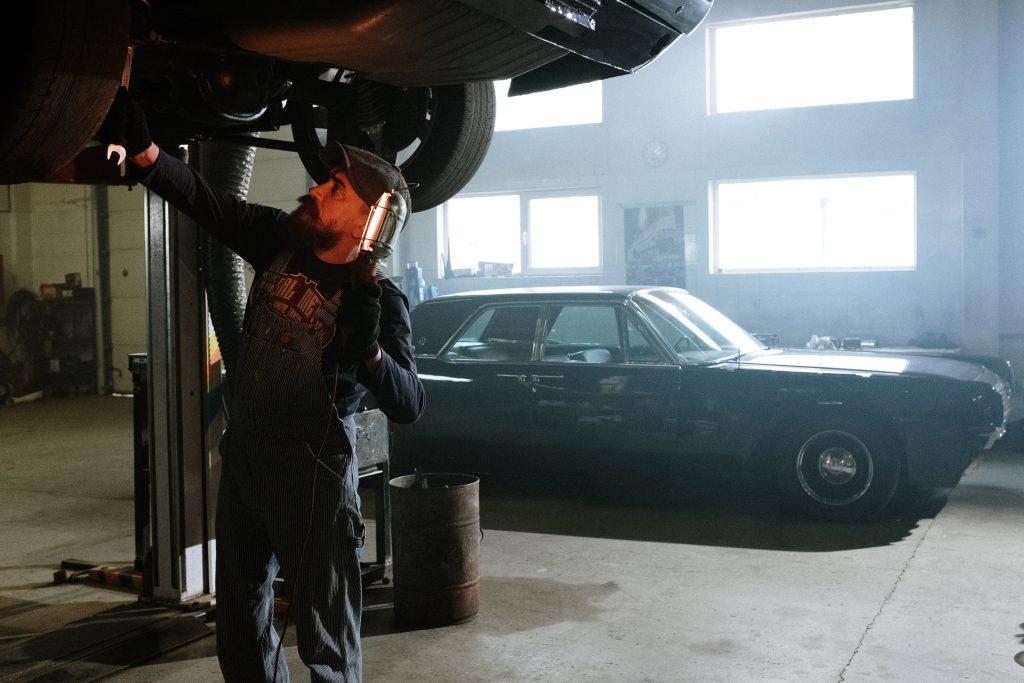The chemical process inside your catalytic converter helps keep our cities cleaner and our lungs healthier. That’s the reason for the laws requiring every driver to have a fully functioning cat. If you ever suspect your car’s cat is broken, visit your nearest Ford dealer immediately to have it repaired. Here are five warning signs to look out for.

Oxygen-Starved Engine
When your cat becomes clogged up, it blocks the outflow of emissions. This backed-up flow of gas and air slows down the inflow of fresh oxygen into the engine. When an engine becomes starved of oxygen, the fuel-air mixture inside the combustion chambers becomes unbalanced. This leads to misfiring, a loss of power, lagging acceleration, falling gas mileage, rough idling, and even stalling.
Blinking Check Engine Light
The various advanced sensors throughout your engine quickly pick up on the problems mentioned above. You’ll be alerted by the Check Engine light coming to life on your instrument panel. Although you won’t initially know the specific problem triggering the warning light, it’s never wise to ignore it. Have a technician diagnose the problem for you.
Excessive Heat Under Your Car
If emissions have trouble exiting your exhaust system and start to back up, a great deal of heat and pressure build up just before the cat. Unburned fuel from an oxygen-starved engine can further increase this heat as it tries to escape through your exhaust.
A leaky exhaust valve or a failed oxygen sensor might also create a buildup of cat heat. You’ll notice heat build-up if you crouch to check under your car. But don’t touch anything with your bare hand in case it burns you.
How a Ford Dealer Measures Cat Heat
Technicians have suitable and safe heat-detection tools such as a pyrometer or an infrared thermometer. While running the engine, they’ll take the temperature just upstream and downstream of the cat and compare it to ordinary expected levels.
Thickening Emissions
Exhaust shouldn’t normally be very thick as most of the emissions are converted into benign gases like carbon dioxide and water vapor. But when a cat breaks down, the uncleaned emissions begin to escape, and you’re likely to notice thickening exhaust behind your car.
Sulfur Smell From Your Exhaust
One of the toxic gases produced by the engine is hydrogen sulfide, which is poisonous when breathed. If your cat stops doing its job, you’re likely to smell this gas. It has a strong sulfury smell that’s similar to rotten eggs. If you smell it, open all your windows to let fresh air in and visit your nearest dealership right away.
Have your cat repaired today at Madison Ford. We have excellent vehicles, and our goal is to make your purchasing or servicing experience as simple and hassle-free as possible.



